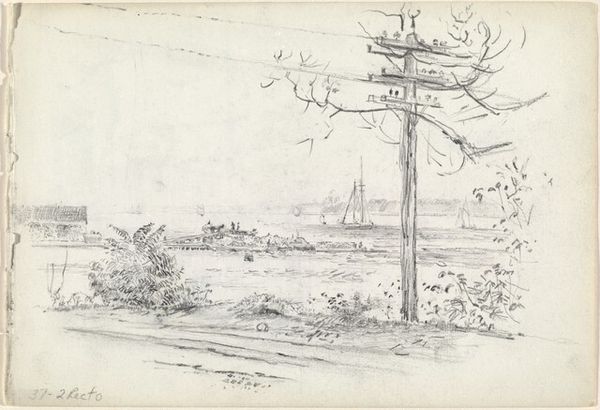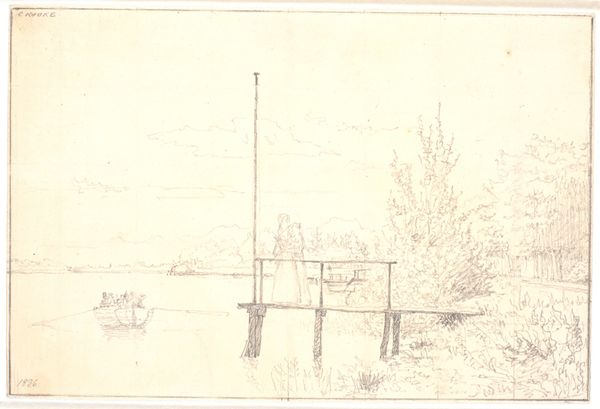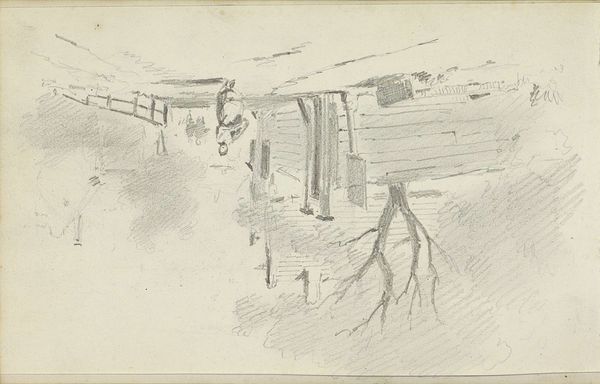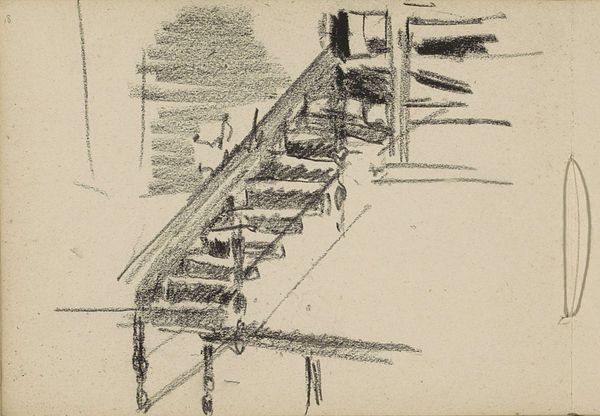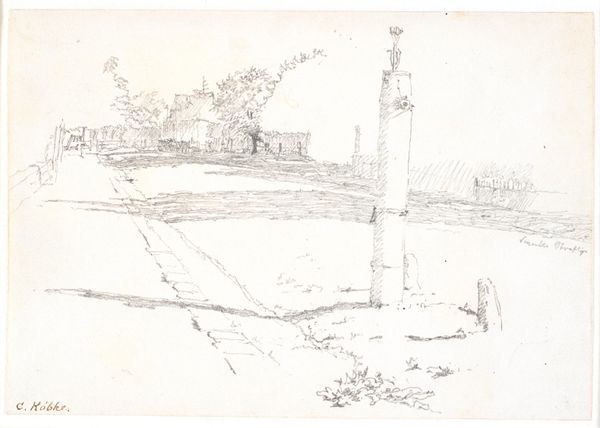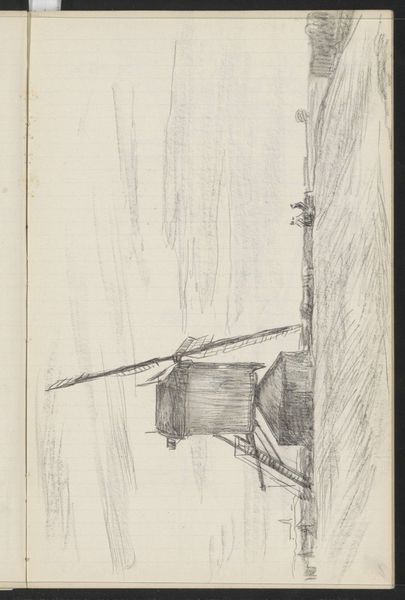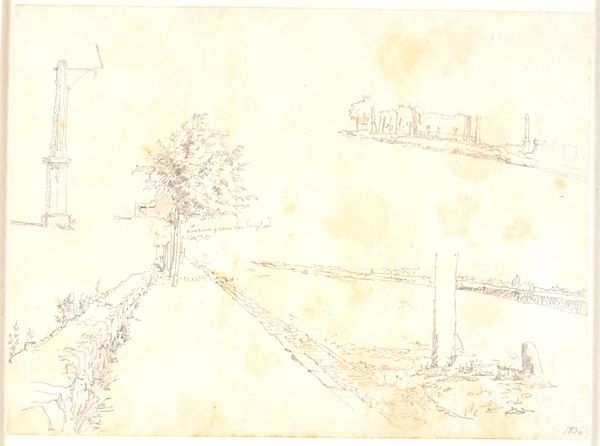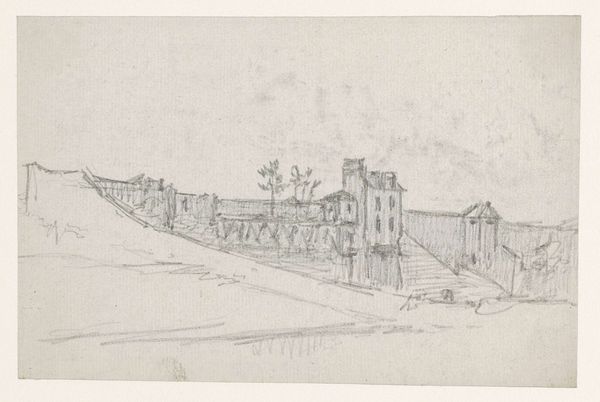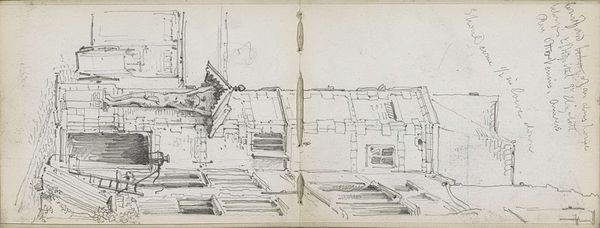
drawing, ink, pen
#
drawing
#
pen sketch
#
landscape
#
form
#
ink
#
geometric
#
sketch
#
line
#
pen
#
cityscape
#
realism
#
building
Copyright: Anna Ostroumova-Lebedeva,Fair Use
Curator: Look at this cityscape! At first glance, I sense an almost melancholic atmosphere, a kind of quietude emanating from the drawing’s subtle details and composition. Editor: I see it too, but I'm immediately drawn to the materiality here. Look at how the artist, Anna Ostroumova-Lebedeva, used ink and pen to create “French Embankment.” Notice how she used lines of varied weight to distinguish texture and spatial depth. Curator: Absolutely. Considering Lebedeva's history and the social context of her work, the drawing style and composition carry weight. As a female artist during a time of significant societal changes, Lebedeva used art as a subtle yet powerful voice. Her works are often associated with progressive art movements of the time, challenging traditional notions of representation. Editor: The cityscape as labor! Her attention to rendering building textures alongside the geometry of industrial forms is quite meticulous. Note the texture of the aged rooftop. I imagine she was deliberately engaging with both traditional art historical subject matter but focusing on materials available around her. It’s almost an embrace of what's present, not pristine. Curator: Indeed, there is something to be said about what it means to record cityscapes, infrastructure, the marks of life, and labor. Also note how, even though the artwork doesn't clearly show working-class people, there is a definite class dynamic portrayed through absence and implied use of architectural structures. It becomes a commentary about space, the labor, and life in proximity to each other. Editor: Exactly. And think about the act of sketching itself. This isn’t a grand, commissioned oil painting meant for the elite. This drawing embodies the potential of everyday materials, a message about accessibility and art-making in urban environments. Curator: A convergence of artistic choices and socio-historical realities, perhaps? By closely looking at the French Embankment from Ostroumova-Lebedeva we are led to question not only the material used but who uses the artwork to tell stories. Editor: And how the story gets told becomes important. It emphasizes that the narratives within art extend beyond just subject matter to the conditions that produce these narratives.
Comments
No comments
Be the first to comment and join the conversation on the ultimate creative platform.
